Contents
Guide

The Fetish of Peace
The Fetish of Peace
The Myth of
Transformational Peace
Joseph H. Campos II
Kate Brannum
and Elena Mastors
LEXINGTON BOOKS
Lanham Boulder New York London
Published by Lexington Books
An imprint of The Rowman & Littlefield Publishing Group, Inc.
4501 Forbes Boulevard, Suite 200, Lanham, Maryland 20706
www.rowman.com
6 Tinworth Street, London SE11 5AL, United Kingdom
Copyright 2021 by The Rowman & Littlefield Publishing Group, Inc.
All rights reserved . No part of this book may be reproduced in any form or by any electronic or mechanical means, including information storage and retrieval systems, without written permission from the publisher, except by a reviewer who may quote passages in a review.
British Library Cataloguing in Publication Information Available
Library of Congress Cataloging-in-Publication Data
Names: Campos, Joseph H. author. | Brannum, Kate, author. | Mastors, Elena, 1969 author.
Title: The fetish of peace : the myth of transformational peace / Joseph H. Campos II, Kate Brannum and Elena Mastors.
Description: Lanham, Maryland : Lexington Books, 2021. | Includes Bibliographical references. | Summary: The concept of peace is fetishized within statist power as it has a specific use-value. The constant state of flux present in contemporary societies requires new concepts of peace to be enacted and circulated, shifting from transactional to transformational notions of peace Provided by publisher.
Identifiers: LCCN 2020055115 (print) | LCCN 2020055116 (ebook) | ISBN 9781498595704 (cloth) | ISBN 9781498595728 (paper) | ISBN 9781498595711 (ebook)
Subjects: LCSH: Peace-building. | Peace-buildingNorthern Ireland. | Peace-buildingGuatemala. | Peace-buildingColombia. | Peace-buildingIsrael. | Peace-buildingPalestine.
Classification: LCC JZ5538 .C354 2021 (print) | LCC JZ5538 (ebook) | DDC 303.6/6dc23
LC record available at https://lccn.loc.gov/2020055115
 The paper used in this publication meets the minimum requirements of AmericanNational Standard for Information SciencesPermanence of Paper for Printed Library Materials, ANSI/NISO Z39.48-1992.
The paper used in this publication meets the minimum requirements of AmericanNational Standard for Information SciencesPermanence of Paper for Printed Library Materials, ANSI/NISO Z39.48-1992.
For the future of all humankind and the search for lasting peace where we all can live without worry. Specifically our friends and loved ones: Marta Gonzlez-Lloret; Mary Ann Fernandes; Shana Tong and the Tong Family; Tanya Higa and the Higa Family; Mary Lee and Duane Henry; Mariliza Reynita Martinez; Hilda & Rebeca Chalc Xep; Daylin Mucun; Andrew Mastors-Rao; Raja Rao; Sudha Rao; Andrew Berg; Alyssa Mastors; Marcia and Andy Mastors; Eric Clemens; Maya and Tim Heffernan; Faith Heffernan; Ethan Heffernan; as well as those many that are not mentioned.
Contents
5 Israel and Palestine: The Endless Cycle of Transactional
Peace and Failure51
Within the last six decades, the national security state consistently confronted challenges to its authority and legitimacy. In the face of such challenges, the national security state constructed specific issues to exercise its authority, legitimacy, and control. In the view of the state, both internal and external nonstate actors employing violence, or even challenging the state in nonviolent ways, are constituted as illegitimate, or lacking authority. The state exercises its authority to interpret crises in ways productive to its power and legitimacy and provides specific meaning as a threat to its security. Thus, states justify their violence, in the face of recognizing the need for peace, within a framework in which it maintains its role as the sole legitimate purveyor of violence.
National security, and the discourse employed by the state, ratifies perceived realities it maintains as necessary to its survival. These realities include particular conceptions of economic, political, and social issues. In the ratification of these realities, the state creates and emboldens a culture of security, encompassing the citizenry within the practices of state security. Within the culture of state security, the citizenry becomes controllable to the ideas perpetuated by the state. At the same time, the citizenry is made susceptible to statist ideas of security, which are continually constituted by the state.
Given the idea of security as specifically constructed, it is possible to see how security is challenged by domestic and international crises. For the state to maintain its primacy, it creates environments in which insecurity prospers. Creating an environment promoting insecurity is not a paradox, but is specifically designed, so states have a site to enact their authority, control, and legitimacy. The insecurities promoted by states are not significant insecurities threatening their existence, but insecurities mobilizing citizens to rely on statist protections. This can be seen in the realm of peace, where states pursue perceived peace as a performance of state authority. Therefore, it is in the interest of the state to seek transactional peace agreements with limited effect, rather than transformational peace. Transactional peace appropriates the construction of security. Security is consistently constructed in relation to an external other. The other is not secure. The state cannot change the fact that a realm of insecurity is necessary for its security, and the creation of security produces, and reproduces, insecurity. Taking measures ostensibly to increase security, in reality, destabilizes and increases insecurity, ultimately benefiting the state.
National security is mediated through a specific discourse, creating an environment supportive of the claims of legitimacy and authority based on the need to secure the artifacts of the state such as borders, peoples, ideas, and, of course, both peace and violence. This is reflected in how the state views peace and constructs peace agreements within the international arena. Artifacts of statecraft, in all its forms, provides the states a site to enact its legitimacy, authority, and sovereignty. Artifacts also promote the states acceptance in the international arena. The search for peace is just one more node in a highly networked system of international legitimacy and authority. Thus, the state can be the primary source of interaction despite the growing web of global entanglements at the sub-state level. States create a security binaryus versus them dichotomy, to maintain legitimacy and authority, and ensure the survival of the international statist system.
This particular construction of a security binary is witnessed in the establishment of the United States as a national security state, when a bipolar world emerged at the end of the Second World War. With this bipolar world, the Soviet Union was defined as the enemythe other. While various factions within the state may be struggling to define the other, the argument is convincingly presented to serve the states needs. However, the us versus them dichotomy also manifests in internal conflicts. For example, it was evident during the Bosnian War (19921995). The President of Serbia, Slobodan Milosevic, used nationalist fervor to promote his idea of a Greater Serbia, which extended beyond Serbian borders to countries such as Bosnia, Croatia, and later Kosovo where there were Serb populations. Bosnia, in particular, is a multi-ethnic state populated by Muslims, Croats, and Serbs. In his quest to solidify a Greater Serbia, Milosevic depicted the Muslims and Croats as enemies of Serbs. He then carried out an ethnic cleansing campaign against them. Serb forces, under the direction of Milosevic, were also implicated in atrocities committed in Croatia in 1991/1992, and Kosovo in 1999.

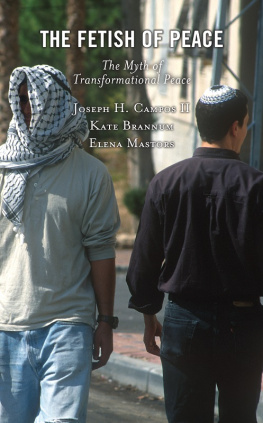



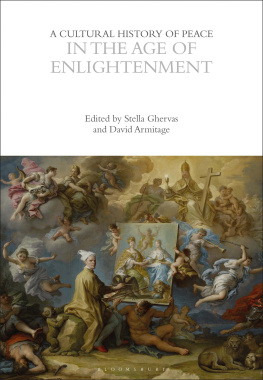
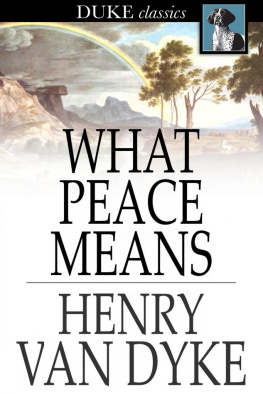
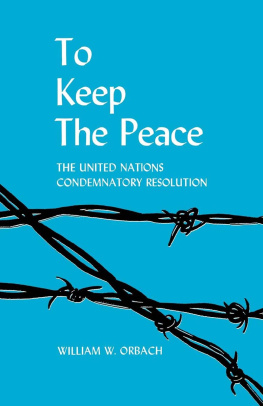
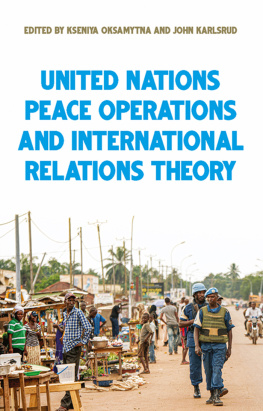
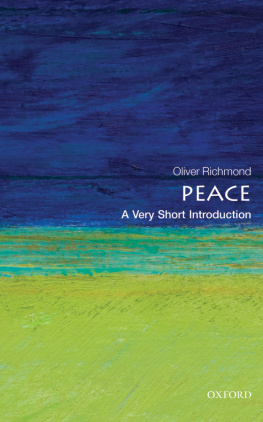
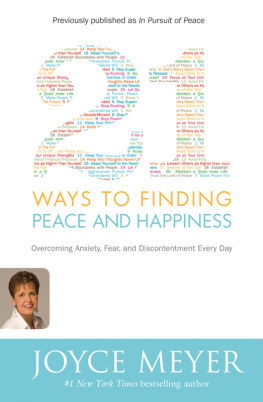

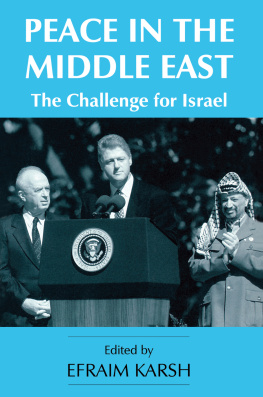
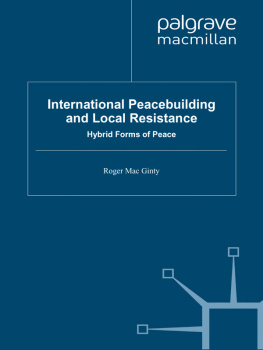

 The paper used in this publication meets the minimum requirements of AmericanNational Standard for Information SciencesPermanence of Paper for Printed Library Materials, ANSI/NISO Z39.48-1992.
The paper used in this publication meets the minimum requirements of AmericanNational Standard for Information SciencesPermanence of Paper for Printed Library Materials, ANSI/NISO Z39.48-1992.